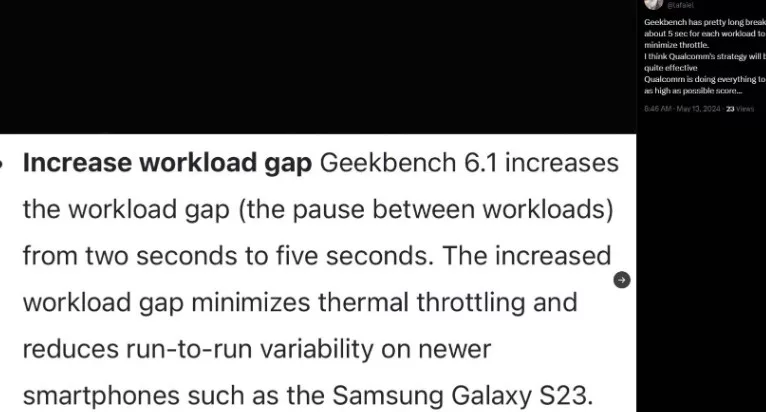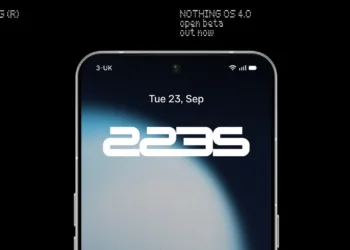The future launching of the Snapdragon 8 Gen 4 expected this October is highly likely to show the inherent potential. However, the definite deviations should be considered. There is a range of speculation that the company wants to theoretically boost its frequency by lengthening the limit to an incredible 4.26GHz to observe the appropriate competition with Apple’s future A18.

More About the Snapdragon 8 Gen 4
Nonetheless, the most recent talks indicate the rifle at their changes in performance to be optimized solely for the Geekbench 6.1 bench-test, which doesn’t provide any specific conception of the possible results in reality. Recently, its performance cores got to the record high of 4.40GHz within Apple’s M4, providing the record single-core score. It shows the benchmark software’s propensity to provide higher results if having higher frequencies of the processor or chipset used.

If this is the case, the Snapdragon 8 Gen 4 may simply be unable to sustain its 4.26GHz speeds over long periods. Nevertheless, it is worth noting that Geekbench is not intended to evaluate sustained workloads. What is more intriguing is how Geekbench 6 performs these benchmarks. Following each workload, the benchmark includes a five-second pause before moving to the next.
This sequence inherently eliminates processor or chipset throttling. Therefore, this indicates that the Snapdragon 8 Gen 4 was actually able to operate at its full potential during this benchmark, thus the stunning single-core and multi-core scores. Still, the output of sustained stress tests that emulate real-world applications is critical.

In general, Qualcomm’s strategic manoeuvre seems aimed at beating Apple only in the Geekbench and obtaining corresponding bragging rights. Previously, San Diego’s chipset market claimed that the Snapdragon X Elite was 21% quicker than the M3 in multi-core outcomes, but they strategically did not mention single-core performance because Apple cannot be beaten here.
The efficiency of Qualcomm’s actions also remains unclear, and only comprehensive test results can show all privileges of pushing the frequency of the Snapdragon 8 Gen 4 to 4.26 GHz. So now the entire industry can only wait for the further steps of the participants of the technological race.








